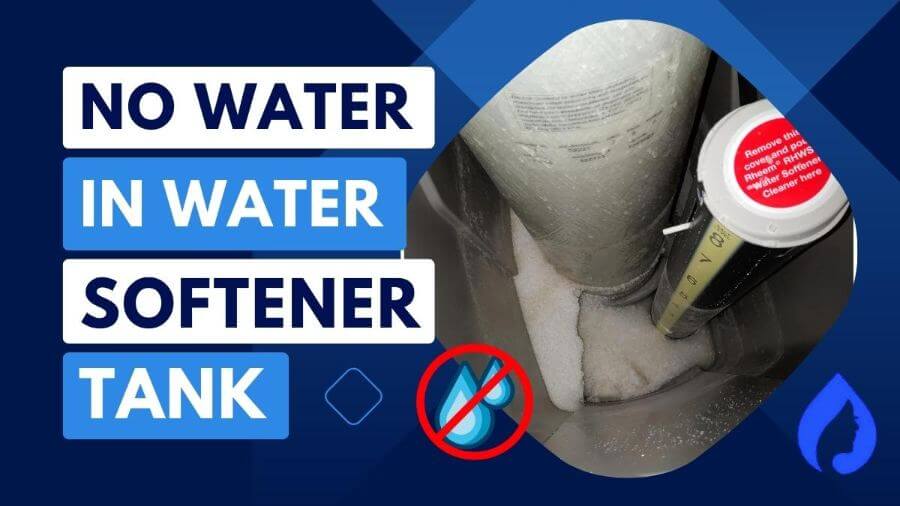
Assuming you haven’t turned off your water supply, no water in the water softener tank is caused by:
Here’s how to fix them:
Continue reading for a simple yet detailed troubleshooting guide on no water in the water softener tank.
🙄Why No Water In The Brine Tank After Regeneration?
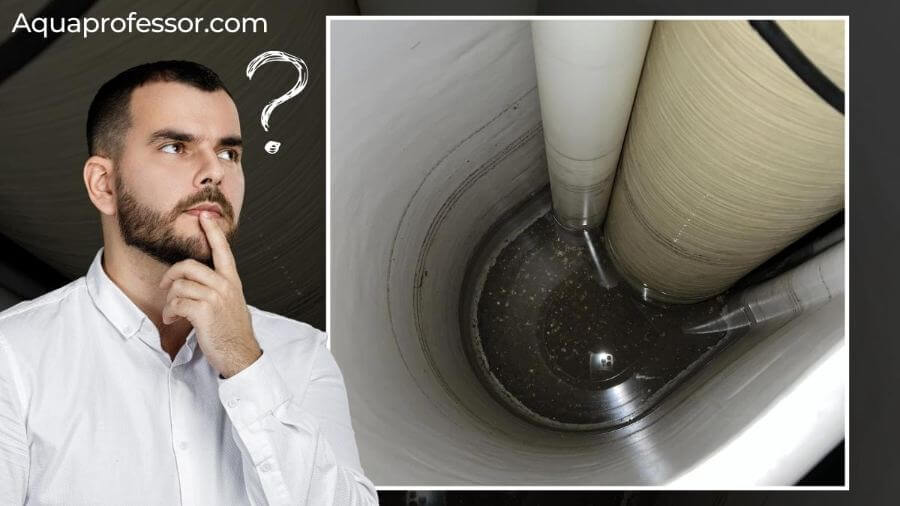
Let’s check the obvious reasons first:
Also, if you have a newer model water softener with a ‘dry brine tank,’ they will have no water during the regeneration process. It’s perfectly normal, and you don’t have to worry.
If the obvious reasons didn’t solve your problem, go through this list of six common reasons for no water in the softener tank and how to fix them:
| Reason | How to Fix |
| Clogged Brine Line | Flush brine line to remove debris |
| Damaged Seal | Replace faulty seal |
| Faulty Water Entry Valve | Replace the control valve |
| Float Valve Set Too Low | Check the manual and follow instructions to set the control valve higher |
| Too much salt added in the brine tank (causes salt bridge) | Break the salt bridge using a broom handle |
| Faulty Installation | Add water to the salt tank after installation. |
🔐Clogged Brine Line
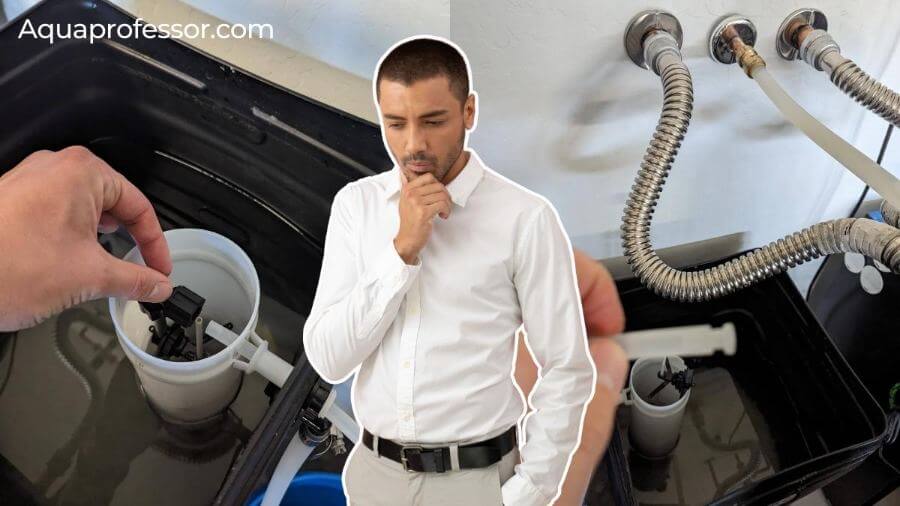
Factors like humidity, poor salt quality, and damaged seal points can cause a clogged brine line. Flushing can fix clogged brine lines. If the problem persists, replace the brine line with a new one.
💀Damaged Seal
A fairly common problem in a softener tank is a damaged seal inside the rotor valve.
A damaged seal can crack and lead to a leakage in the rotor valve, which prevents water from entering the salt tank.
You can replace the damaged rotor valve with a new one. Contact your manufacturer to find the right rotor valve for your softener and employ a plumber to replace it.
😷Faulty Water Entry Valve
Damage or faulty adjustment of the entry valve can prevent water from entering the softener tank or add too much water to the salt tank. Replace the faulty control valve with a new one to fix the problem.
👇Float Valve Set Too Low
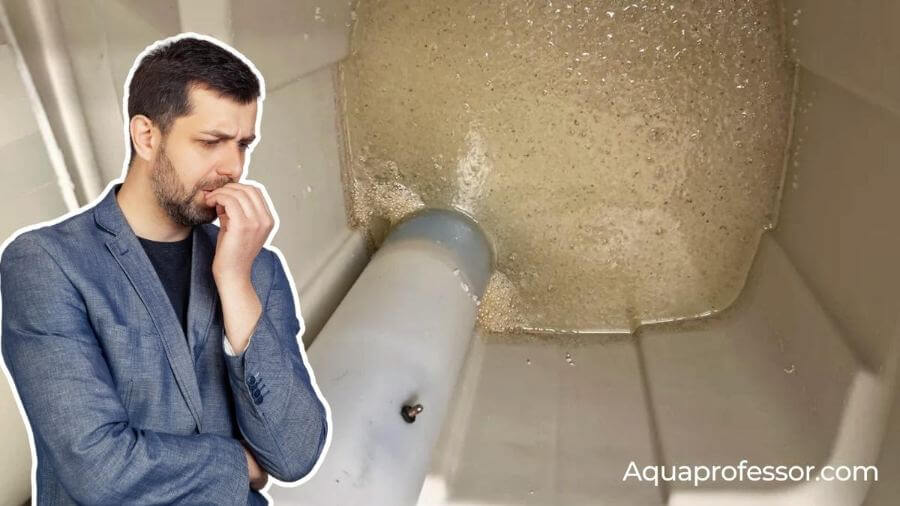
If your float valve setting is too low, you may not see any water in your softener tank. Use your softener manual and follow the instructions to set the control valve higher.
🧂Too Much Salt Added in the Brine Tank (Causes Salt Bridge)
Even though salt is required for the production of soft water, too much can lead to a salt bridge, which restricts water flow and interferes with brine formation.
A rule of thumb to follow is that you should only fill 1/4 or 1-quarter of the tank with salt. The maximum is half of the tank and not more than that.
In case of a salt bridge, break it with a broom handle and initiate manual regeneration.
❌Faulty Installation
A crucial step after installation is to add water to the brine tank. Water is required for brine formation and to regenerate the water-softener resin in the resin tank. When this step is skipped, it leads to no water in the softener tank.
So, if you see no water in your new softener tank, contact your manufacturer to add water.
🤔How To Fix No Water In A Water Softener Tank?
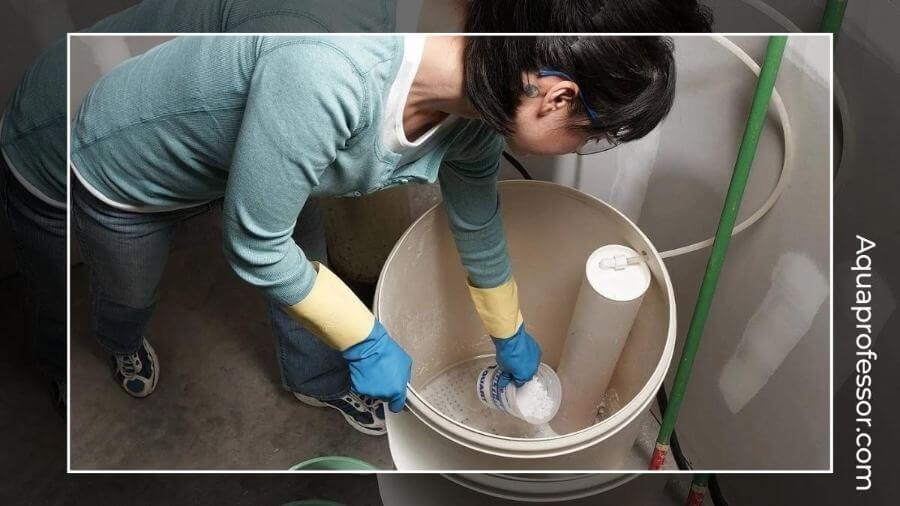
Here’s a quick recap of all the solutions to fix the problem of no water in the brine tank:
💡No Water In Water Softener Tank: FAQs
Should a water softener brine tank have water in it?
Yes, water is necessary in a water softener brine tank. It is required for dissolving salt to produce brine and carry it to the brine tank, producing soft water.
How much water should be in the water softener brine tank?
The water level required for proper functioning varies as per the type of brine tank you own and its size. A typical wet brine tank needs 3 and 6 gallons of water (roughly about 6-10 inches of water) for peak performance. However, a dry brine tank has a water level below the salt. It gets filled up with water only before the ion exchange process.
Can a water softener regenerate without water?
No, water softeners need a water supply to regenerate. If you’re not using water, a timed softener will damage its parts while trying to regenerate at its scheduled time. But demand-initiated softeners will not regenerate at all. Either way, unplugging your device is better if you turn off your water supply.
What happens if the water softener is salt-empty?
Salt is crucial for your softener to function properly. If there is no salt in your device, it will no longer soften your water. Also, it won’t be able to remove up to 1 ppm of iron. Over time, your expensive appliance will get damaged due to improper REGEN.
To prevent your softener from getting damaged over time, add high-quality pellet salt every 8-12 weeks.
Does the brine tank empty during regeneration?
Yes, dry brine tanks found in modern devices have no water during the water softener regeneration cycle and fill with water just before the ion exchange.
Adarsh is a Health & Nutrition Sciences graduate with expertise in environmental health. He is associated with ventures like Glacier Fresh Filter and Simpure Filter Systems. Through Aqua Professor, he intends to provide helpful information to every home to help them make smarter decisions.
